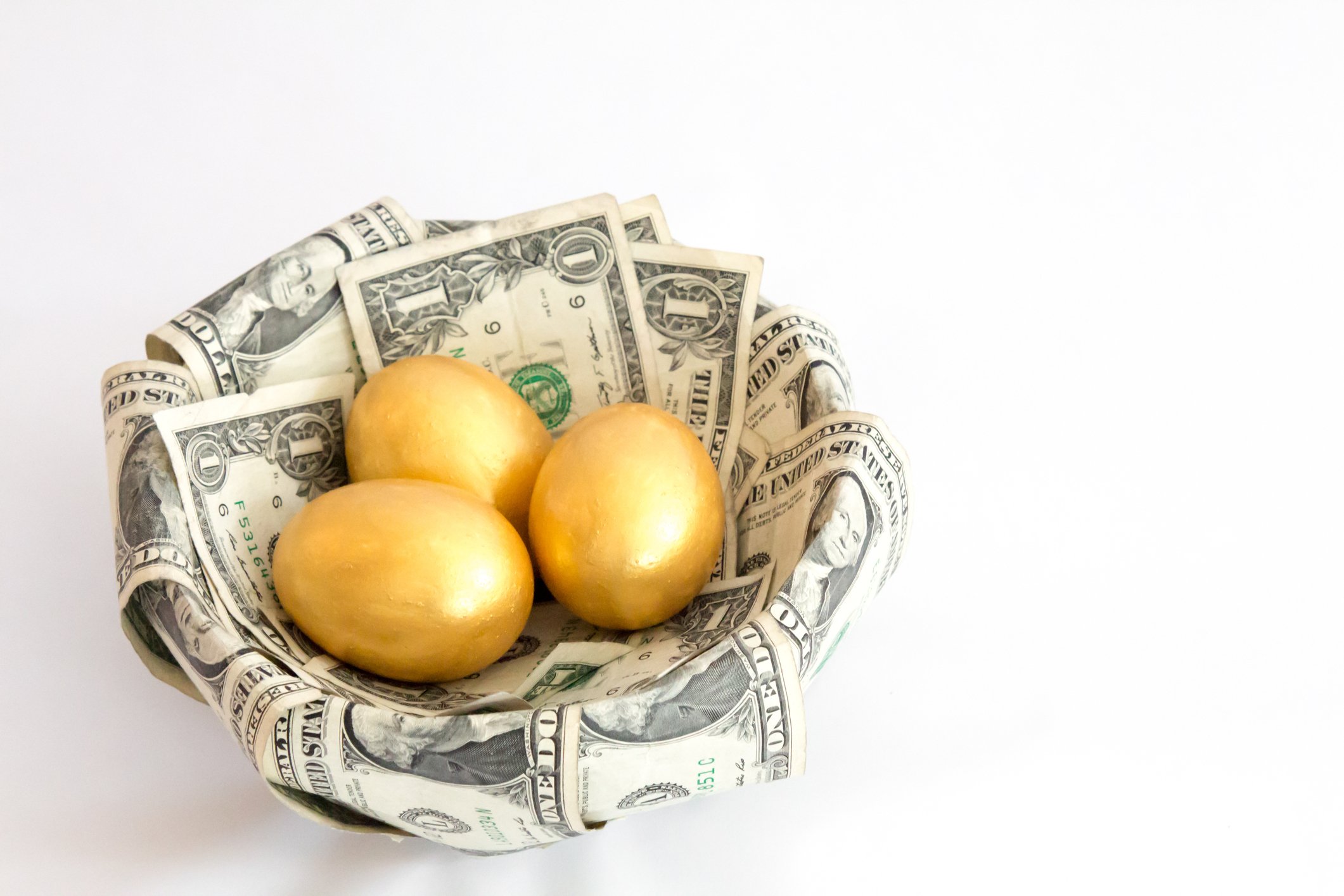I hope you have your seatbelt fastened, because the spread of the coronavirus disease 2019 (COVID-19) has made the past six-plus weeks wilder than any previous bear market correction in history.
It took just over three weeks for the broader market to push into bear market territory – that's half the time it took during the Great Crash of the Depression Era – and just 30 calendar days for the benchmark S&P 500 (^GSPC 0.19%) to lose more than 30% of its value. For context, bear markets that wound up declining at least 30% have taken an average of 336 calendar days to reach that mark.
This record-setting volatility comes as worldwide cases of the coronavirus have topped 1 million, with the U.S. remaining the very clear epicenter of this outbreak. With stringent mitigation measures in place in a number of U.S. states, the hope is that the infection curve will flatten in the weeks to come. But for the time being, COVID-19 represents a real threat to our physical well-being, as well as our financial well-being given that nonessential business activity is on hold.

Image source: Getty Images.
But if there's a silver lining to be pulled from this unprecedented event for the stock market, it's that no matter how dismal the near-term outlook for the U.S. economy has appeared throughout history, brighter days have always followed. Every single stock market correction and bear market in history, no matter how drawn out, has eventually been erased by a bull-market rally. In other words, long-term investors with cash to spare would be wise to consider putting it work right now.
Understandably, some investors may be a bit gun-shy about putting their capital to work in individual stocks. That's where exchange-traded funds (ETFs) come in handy. An ETF is a security containing a basket of stocks that often tracks an index or has a specific focus. In effect, it provides instant diversification, especially when it comes to folks who aren't investing large sums of cash.
Right now, I believe there are four focused ETFs -- i.e., those targeting a specific industry or type of growth/value/income strategy -- that investors should consider buying in the wake of the coronavirus crash.

Image source: Getty Images.
ProShares S&P 500 Dividend Aristocrats ETF
Although I think there's plenty of benefit in owning an S&P 500 tracking ETF, there's an even greater opportunity for long-term outperformance if you focus on elite dividend-paying stocks. That's why the ProShares S&P 500 Dividend Aristocrats ETF (NOBL +0.53%) makes the cut.
A Dividend Aristocrat is an S&P 500-listed company that's increased its aggregate annual payout for at least 25 years. There are currently 57 companies to have done so, with IBM likely set to join the group sometime over the next month.
These 57 companies aren't just dividend stocks. They're companies that have time-tested business models, and in many cases very well-recognized brands. This means Dividend Aristocrats been through their fair share of downturns, and due to their extended history of increasing their payouts are exceptionally mindful of how to control their expenditures.
Not to mention, dividend-paying stocks have run circles around non-dividend-paying stocks over the long run, in terms of average annual return. Though the growth heyday is long gone for many Dividend Aristocrats, the ProShares S&P 500 Dividend Aristocrats ETF is a smart way to bank on consistent income during and after the coronavirus crash.

Image source: Getty Images.
VanEck Vectors Gold Miners ETF
As someone who's avidly followed the gold market for a long time, I can't remember a more perfect scenario for the physical yellow metal. That's what makes the VanEck Vectors Gold Miners ETF (GDX +0.78%) a potentially solid addition to investors' portfolios.
There are no shortage of reasons for gold to move higher at the moment. Global bond yields have been plunging in recent months, and the Federal Reserve recently reduced its federal funds rate back to historic lows. This means conservative, income-seeking investors are going to struggle to generate real-money gains, with inflation often surpassing the nominal returns of government bonds. This, along with the Fed pledging an unlimited amount of quantitative easing, makes an increase in physical gold prices highly likely.
However, the physical metal pays no dividends and can't adjust course to match prevailing market conditions. This is why gold-mining stocks are the much smarter play in an environment where physical gold prices are on the rise. Investors buying the VanEck Vectors Gold Miners ETF can leverage a rise in physical gold prices to considerably larger gains in underlying gold stocks.

Image source: Getty Images.
Utilities Select Sector SPDR Fund
Another smart focused ETF for investors to consider buying is the Utilities Select Sector SPDR Fund (XLU +0.63%).
As the name implies, this is an ETF that's focused on investing in electric, water, gas, and renewable utility companies. It's a relatively boring focus considering how consistent growth has been for the U.S. economy over the past decade. But sometimes, boring is beautiful.
What utility stocks bring to the table is consistency. They provide a basic-need service for all homeowners and renters. While fluctuations in the economy can change consumer spending habits, electricity, gas, and water consumption tends to not be affected much, if at all. This consistency in consumption allows utility providers to plan ahead for capital-intensive projects without wrecking their balance sheets.
In many instances, traditional utilities are also regulated by energy commissions in the state's they operate. While this does mean they can't just pass along rate hikes at will, this regulation also protects utilities from being exposed to wholesale pricing.
With a reasonably low net expenses ratio of 0.13%, the Utilities Select Sector SPDR Fund is a safe way to hedge your portfolio in an unsettled market, while also notching an above-average yield.

Image source: Getty Images.
VanEck Vectors Semiconductor ETF
Finally, investors should consider planning for the eventual economic recovery with the VanEck Vectors Semiconductor ETF (SMH +0.22%).
There's no question that the coronavirus could wind up pushing the U.S. economy into a recession, which would adversely impact chipmakers. What I'm trying to say is that trying to call a bottom in the chip industry is a relatively futile effort. However, what I can say with some degree of certainty is that the table is set for the VanEck Vectors Semiconductors ETF to thrive once we're passed the worst of the COVID-19 crisis.
For starters, the Fed lowering its federal funds rate back to an all-time low opens the door for chipmakers to borrow money from financial institutions, or even issue debt, at an exceptionally low cost. Similar to the robust rebound we witnessed following the financial crisis, technology and semiconductors can lead the way with aggressive expansion, innovation, and acquisitions.
Furthermore, we're on the verge of a major uptick in data consumption. With 5G infrastructure upgrades under way throughout the U.S. in 2020, chip stocks are going to see increased demand for wireless connectivity chips and access chips in smartphones and data centers. And this isn't just a one-and-done uptick in demand. It's liable to continue for years to come. That's what makes the VanEck Vectors Semiconductor ETF a smart play for the future.










